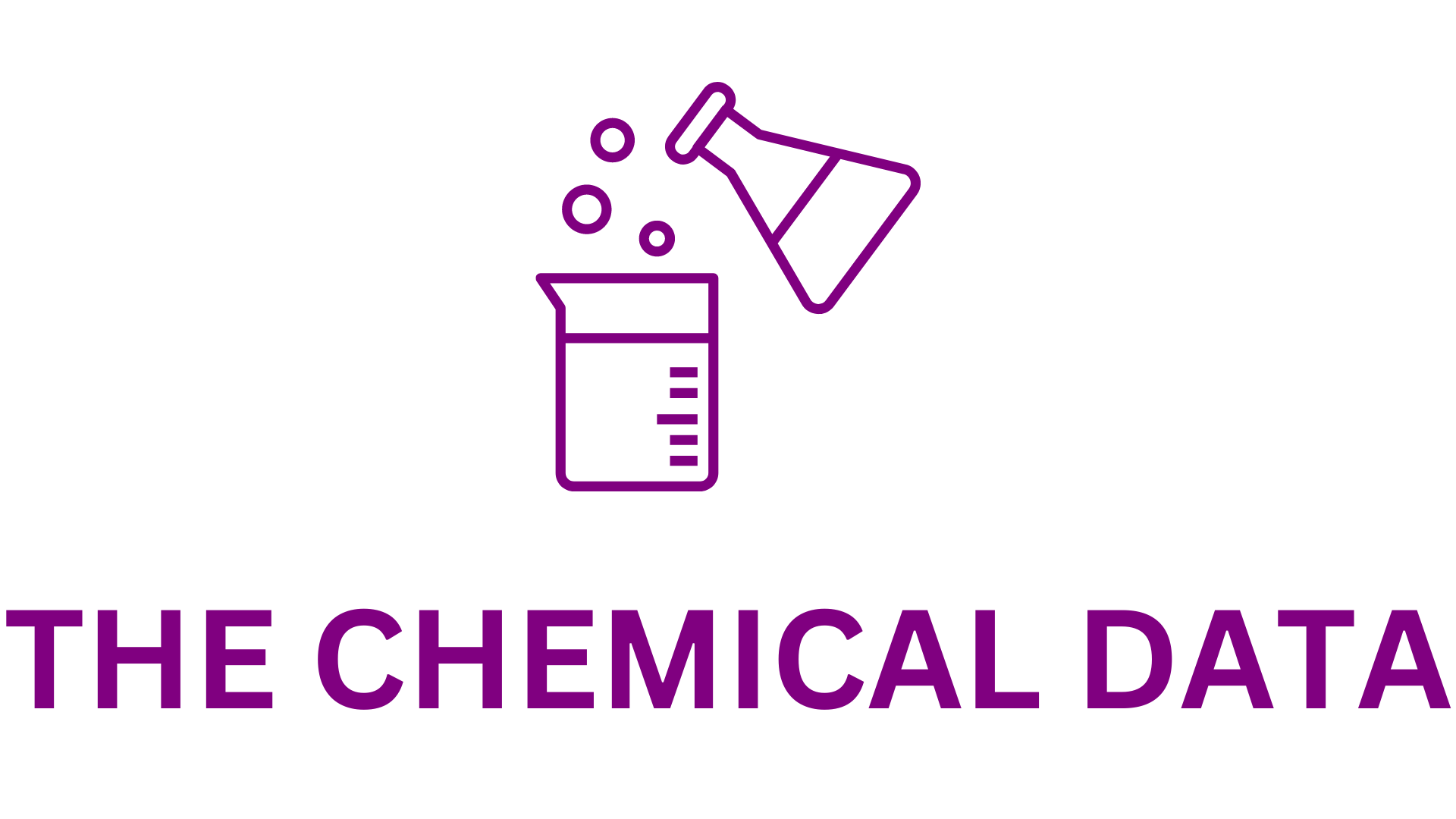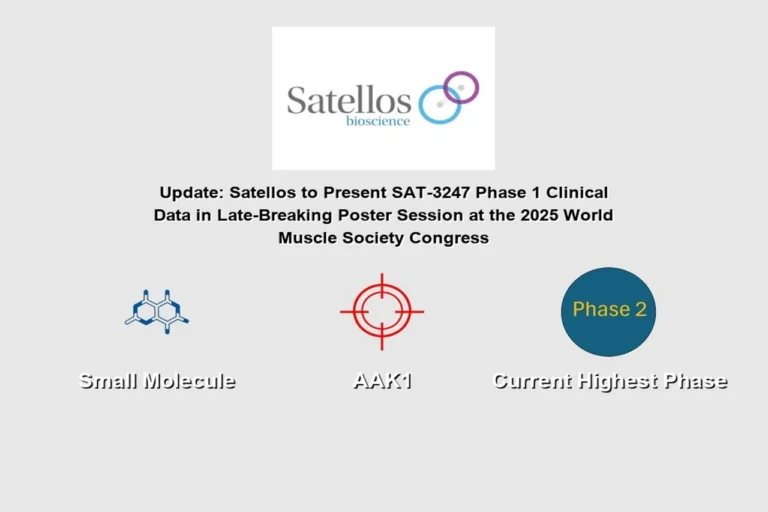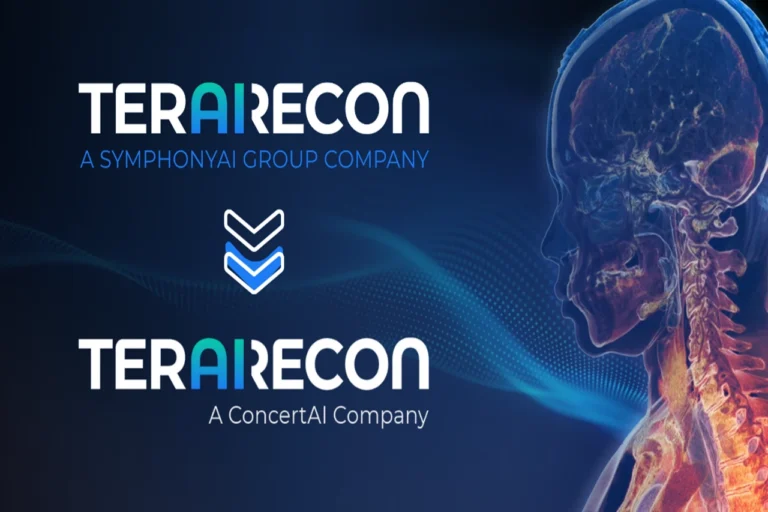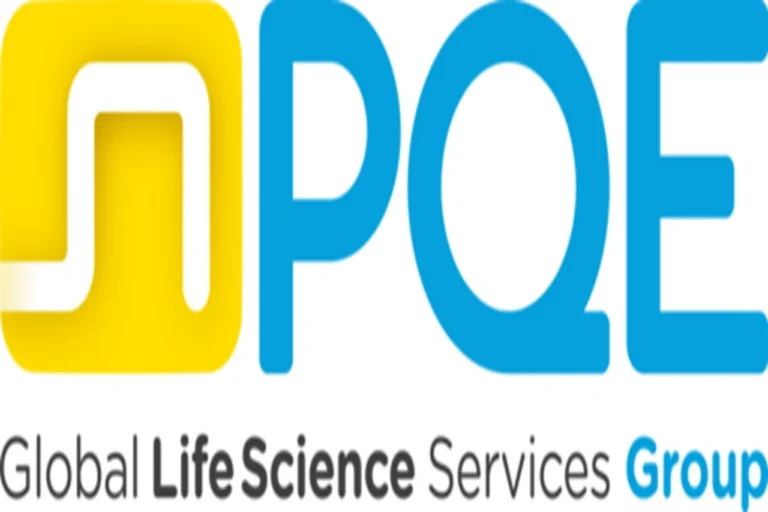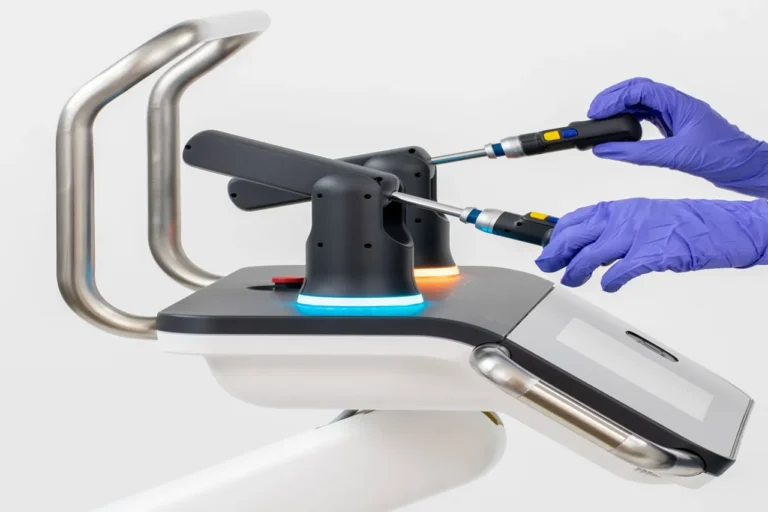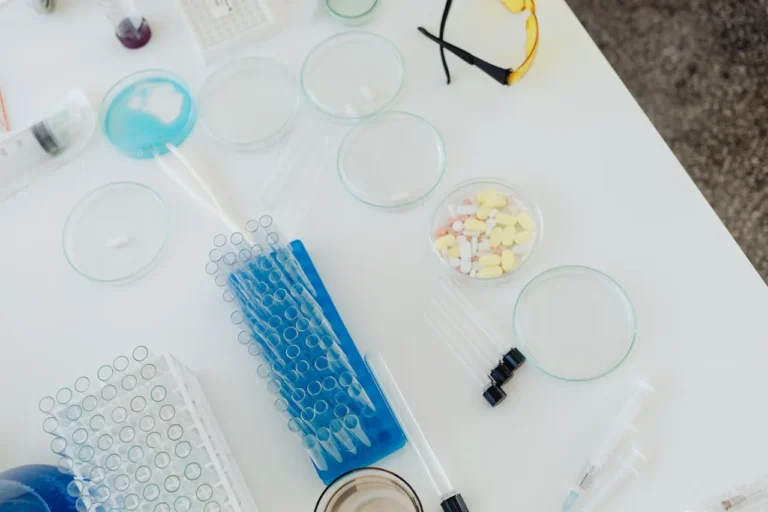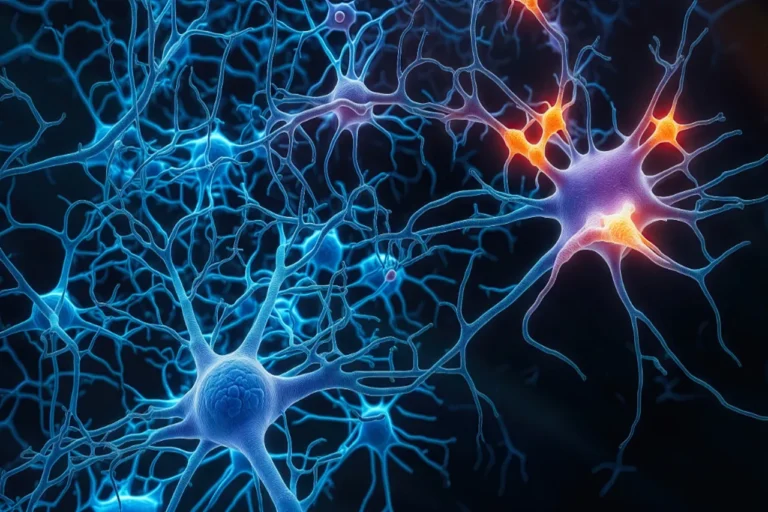
Linde Doubles Down on CO₂ Capacity with Major Expansion in the U.S. Gulf Coast
CO₂ Production In a bold move that reinforces its leadership in industrial gas production and supply, Linde has announced a significant expansion of its carbon dioxide (CO₂) operations in the U.S. Gulf Coast. The global industrial gases and engineering company revealed plans to double the CO₂ production capacity at its Freeport, Texas facility by building a second liquefaction plant. The project is a strategic response to increasing demand for sustainable and high-purity CO₂ across a variety of industries.
The new plant, scheduled CO₂ Production to commence operations in 2027, will play a critical role in strengthening Linde’s CO₂ supply chain across North America. By capturing and liquefying crude CO₂ emissions from MEGlobal America Inc.’s nearby ethylene glycol manufacturing site at Oyster Creek, the facility will not only provide a more secure supply of this essential gas but also contribute to reducing greenhouse gas emissions that would otherwise be released into the atmosphere.
CO₂ Production This expansion is more than a capacity increase—it’s a key step in Linde’s broader strategy to promote sustainability, industrial resilience, and technological innovation throughout the region and beyond.
Meeting Rising Industrial Demand for CO₂
Carbon dioxide, often misunderstood as just a greenhouse gas, is actually a crucial industrial commodity. Its applications span a wide array of sectors, including food and beverage, energy, healthcare, electronics, manufacturing, and agriculture. As such, a dependable and high-quality CO₂ Production supply is essential to both everyday products and mission-critical industrial processes.
Linde’s Freeport expansion is tailored to meet this surging demand, particularly in the following key sectors:
1. Food and Beverage Industry
In the food and beverage industry, CO₂ is indispensable for:
- Carbonating soft drinks and sparkling water
- Preserving freshness in packaged foods through modified atmosphere packaging
- Cryogenic freezing and chilling of perishable items
- Transporting temperature-sensitive goods using dry ice
As global food distribution networks grow more complex and consumers increasingly demand longer shelf-life and fresher products, CO₂ Production usage in these applications continues to grow. Linde’s expansion ensures it can keep up with the changing landscape of food safety and distribution.
2. Dry Ice Manufacturing
Dry ice—solid carbon dioxide—is widely used in shipping, medical logistics (including vaccine transport), and industrial cleaning (dry ice blasting). The expansion of CO₂ production will bolster Linde’s ability to support these critical services, especially during peak demand periods.
3. Low-Carbon Fuel Production
CO₂ Production also plays an emerging role in producing low-carbon fuels, such as synthetic fuels and biofuels, as well as in hydrogen production through reforming and gasification processes. These technologies rely on high-purity CO₂ either as a feedstock or as a process agent, and as the energy transition accelerates, demand in this space is projected to increase significantly.
4. Chemical Synthesis
In the chemical sector, CO₂ Production is an important input in the production of urea, salicylic acid, and other chemicals, as well as for pH control in water treatment systems. As chemical companies shift toward circular and green chemistry models, recycled CO₂ offers both a cost-effective raw material and a sustainability advantage.
A Strategic Industrial Ecosystem in Freeport
Linde’s Freeport location is uniquely positioned to serve as a central hub for CO₂ Production capture, liquefaction, and distribution. The expansion further integrates Linde into the industrial ecosystem of the Gulf Coast, a region home to numerous petrochemical plants, refineries, and advanced manufacturing operations.
The new plant will capture crude CO₂ directly from MEGlobal America Inc.’s Oyster Creek ethylene glycol production facility, leveraging an efficient, localized feedstock source. Notably, Linde already supplies oxygen to this MEGlobal facility from its Freeport air separation plant, creating a closed-loop, synergistic industrial relationship.
This integration enhances process efficiency, minimizes transportation needs, and exemplifies Linde’s approach to sustainable resource utilization—capturing emissions at the source and converting them into valuable inputs for the broader economy.
“Today’s announcement CO₂ Production underscores Linde’s commitment to supporting industrial growth across the Gulf Coast,” said Amer Akhras, Vice President South Region, Linde. “Our investment further strengthens Linde’s robust CO₂ network, enabling reliable supply to customers throughout the region while positioning us for future growth.”
Sustainability in Action: ISCC PLUS Certification
CO₂ Production Beyond operational scale and efficiency, the expansion of the Freeport facility also demonstrates Linde’s leadership in sustainability and environmental stewardship. The existing CO₂ complex at Freeport is notable for being the first of its kind in the United States to receive ISCC PLUS certification from the International Sustainability and Carbon Certification system.
This globally recognized third-party certification validates that the facility captures and reuses CO₂ that would otherwise be emitted into the atmosphere—aligning with circular economy principles and sustainable sourcing criteria. It also attests that Linde’s processes meet rigorous environmental, social, and governance (ESG) criteria related to resource efficiency and responsible supply chains.
As governments and global companies implement carbon-reduction goals, certified sustainable CO₂ supply becomes increasingly attractive. Linde’s ISCC PLUS certification provides a competitive edge, especially for partners who must demonstrate verifiable low-carbon practices in their value chains.
Building the CO₂ Network of the Future
Linde’s investment is not an isolated initiative but part of a broader commitment to building a resilient, diversified CO₂ supply network across the U.S. and globally. The company operates one of the most extensive CO₂ infrastructure footprints in the world, encompassing capture sites, liquefaction plants, transportation systems, and storage hubs.
With this new plant, Linde strengthens its already formidable presence in the Gulf Coast, increasing both capacity and redundancy—critical for maintaining supply security in the face of market volatility, natural disasters, or global disruptions such as pandemics.
Key Benefits of the Expansion:
- Doubling of current liquefaction capacity in Freeport
- Diversification of supply sources to reduce dependency on ammonia production
- Shortened supply chain for end users across multiple sectors
- Increased agility in servicing both regional and national CO₂ demand spikes
As the energy transition and global decarbonization efforts evolve, reliable CO₂ supply will also play an increasing role in carbon capture, utilization, and storage (CCUS) frameworks. This includes future opportunities for Linde to support enhanced oil recovery, concrete curing, and carbon mineralization, among other emerging applications.
Linde: Powering Progress Through Industrial Innovation
This expansion at Freeport is emblematic of Linde’s global philosophy: leveraging technological excellence to support industrial growth, sustainability, and supply reliability. As one of the world’s leading industrial gas companies, Linde operates in over 100 countries and has consistently ranked at the top of its field for safety, reliability, and innovation.
In addition to carbon dioxide, the company is a major producer and supplier of oxygen, nitrogen, hydrogen, argon, and specialty gases that serve applications ranging from aerospace to semiconductors to healthcare. Linde’s growing presence in clean hydrogen and carbon capture technologies underscores its role in enabling the low-carbon economy of the future.
By expanding its Freeport operations, Linde is not just increasing CO₂ output—it is reinforcing a foundation for economic and environmental progress across the Gulf Coast and beyond.
